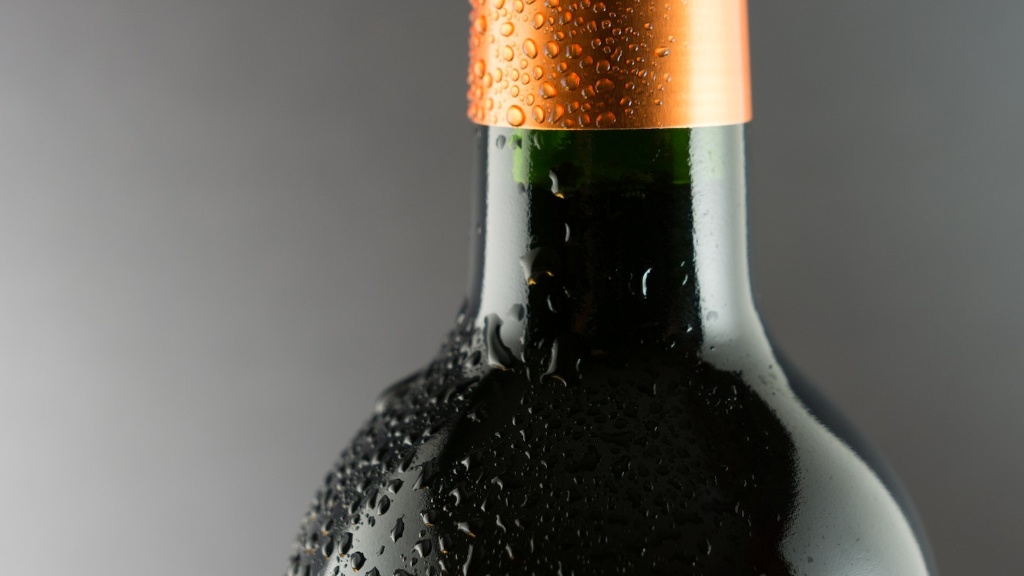Wine Tours In Tuscany, Italy
When it comes to wine tourism, few places can compete with Tuscany, Italy. The region has been producing wine for over 3,000 years and is known for its rolling hills, stunning vistas, and world-class vineyards.

When it comes to wine tourism, few places can compete with Tuscany, Italy. The region has been producing wine for over 3,000 years and is known for its rolling hills, stunning vistas, and world-class vineyards. Tuscany is located in central Italy and is home to some of the most prestigious wine regions in the world, such as Chianti, Brunello di Montalcino, and Vino Nobile di Montepulciano. In this article, we will explore the wonderful world of wine tours in Tuscany and what makes this region so special.
First, let\’s talk about the history of Tuscan wine. The Etruscans, who inhabited Tuscany before the Romans, are believed to have been the first to plant grapevines in this region. Later on, during the Middle Ages, wine production reached new heights. Monks in monasteries across Tuscany started experimenting with different grape varietals and blending techniques, laying the foundation for the world-renowned Tuscan wine we know today.
But what makes Tuscan wine so special? It\’s all about the terroir. Tuscany\’s soil and climate provide the perfect environment for growing Sangiovese, the most widely planted grape in the region. The warm Mediterranean climate and abundant sunshine help the grapes ripen to perfection, while the rolling hills and varied altitudes provide a unique flavor profile to the wines.
Now, let\’s get to the fun part – wine tours! Tuscany is home to many wineries and vineyards that offer tours and tastings to the public. One popular destination is the Castello Banfi estate, located in the Brunello di Montalcino region. The estate has been producing wine since the 19th century and offers visitors a chance to tour the vineyards and cellars, as well as taste some of their award-winning wines.
Another must-visit winery is Fattoria dei Barbi in the town of Montalcino. The estate has been producing Brunello di Montalcino since 1790 and is one of the oldest wineries in the region. Visitors can tour the property, learn about the wine production process, and even sample some of their delicious olive oil.
If you\’re looking for something a little more off the beaten path, consider visiting the Avignonesi winery in the quaint town of Montepulciano. The winery is known for its Vino Nobile di Montepulciano and offers a variety of tours and tastings, including a unique sensory experience that allows visitors to taste the wine in complete darkness.
The Logistics of Wine Tours in Tuscany
Now that we\’ve covered some of the best wineries to visit in Tuscany, let\’s talk about the logistics of wine tours. Many wineries require reservations for tours and tastings, so be sure to call ahead and book in advance. The cost of tours and tastings varies, but most are around €20-€30 per person, with some wineries offering more premium experiences for a higher price.
It\’s also worth noting that many wineries in Tuscany are closed on Sundays, so plan your itinerary accordingly. If you\’re not comfortable driving in Italy, consider booking a tour through a reputable company like Tuscan Wine Tours or Take Me Wine. These companies offer guided tours and transportation so you can enjoy your wine tasting experience without having to worry about navigating unfamiliar roads.
The Future of Wine Tourism in Tuscany
According to Forbes, wine tourism is on the rise in Tuscany, with an estimated 5 million visitors expected in 2021. This trend is expected to continue as people seek out authentic and unique travel experiences. In response, many wineries are investing in their tourism infrastructure, adding restaurants, accommodations, and other amenities to attract more visitors.
However, there are also concerns about the impact of wine tourism on the environment and local communities. Some wineries have been criticized for overusing resources like water and contributing to overcrowding in popular towns like Montalcino and Montepulciano.
The Ethics of Wine Tourism
As wine lovers and travelers, it\’s important to consider the ethical implications of our choices. When planning a wine tour, consider visiting smaller, family-owned wineries that prioritize sustainability and responsible tourism. Look for wineries with certifications like organic, biodynamic, or vegan, which indicate a commitment to environmentally-friendly practices.
It\’s also worth noting that wine tourism can have a positive impact on local economies by providing jobs and supporting small businesses. By choosing to support ethical wineries, we can help promote responsible and sustainable tourism in Tuscany and beyond.
The Future of Tuscan Wine
Finally, let\’s talk about the future of Tuscan wine. With changing weather patterns and growing environmental concerns, wineries in Tuscany are adapting to new challenges. Some are experimenting with different grape varietals that can thrive in hotter, drier climates, while others are exploring new winemaking techniques that minimize waste and reduce carbon emissions.
Despite these challenges, the future of Tuscan wine looks bright. With a rich history, stunning landscapes, and a commitment to quality and tradition, Tuscany will continue to produce some of the world\’s best wines for generations to come.
In Conclusion
We hope this article has given you a glimpse into the wonderful world of wine tours in Tuscany. From the history and terroir to the logistics and ethics of wine tourism, there\’s so much to discover and explore in this beautiful region. Whether you\’re a seasoned wine connoisseur or a curious traveler, we encourage you to experience the magic of Tuscan wine for yourself.

